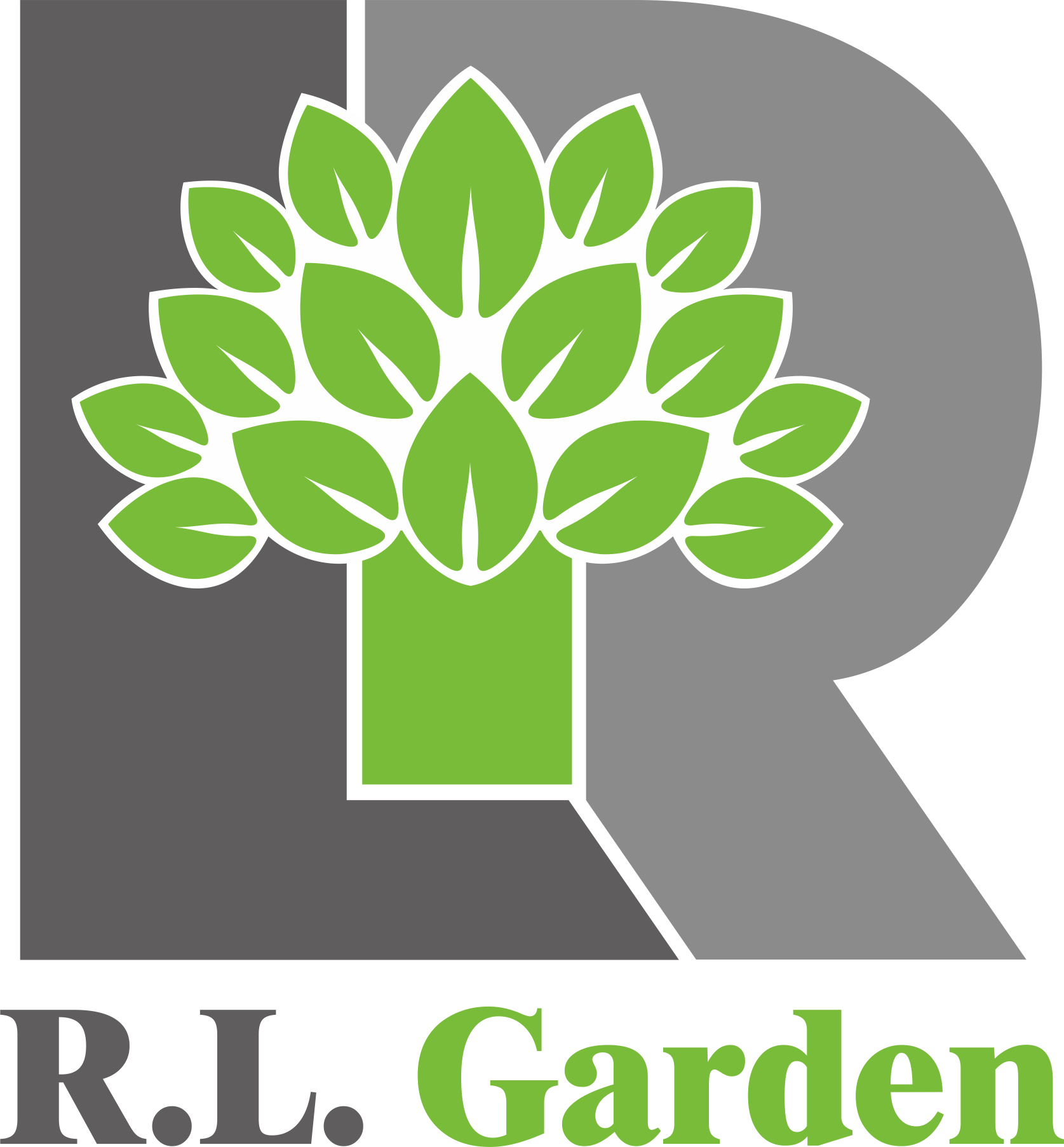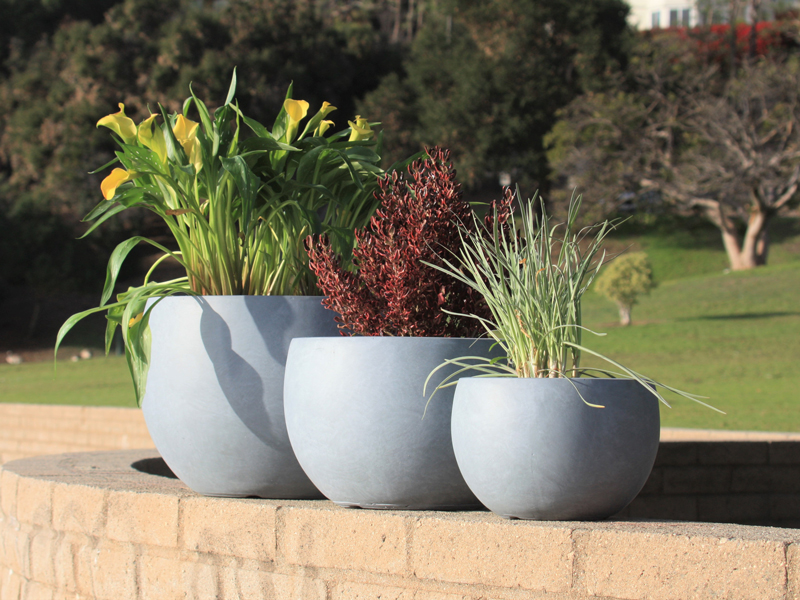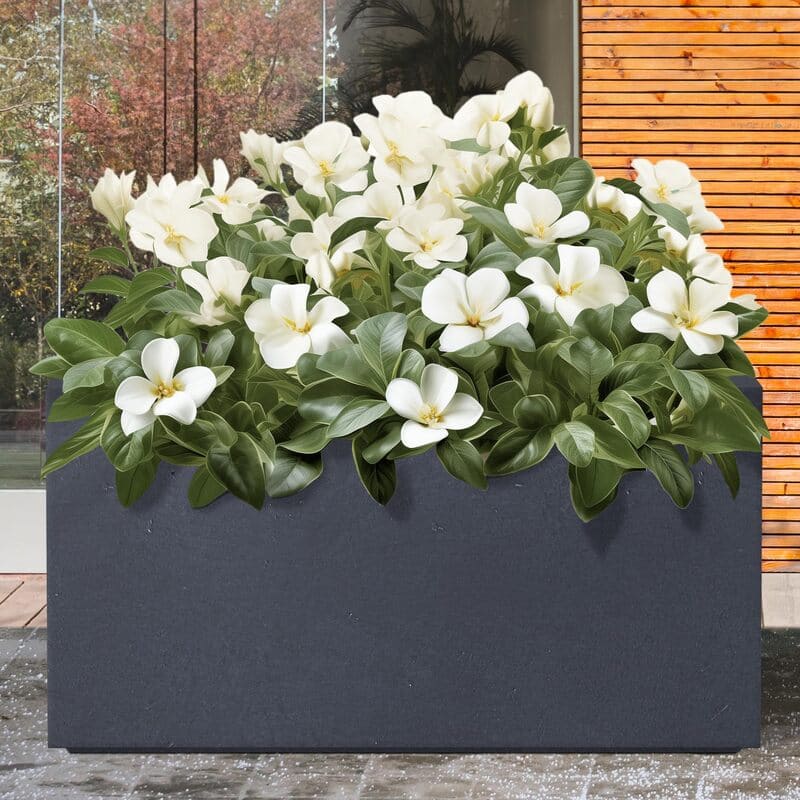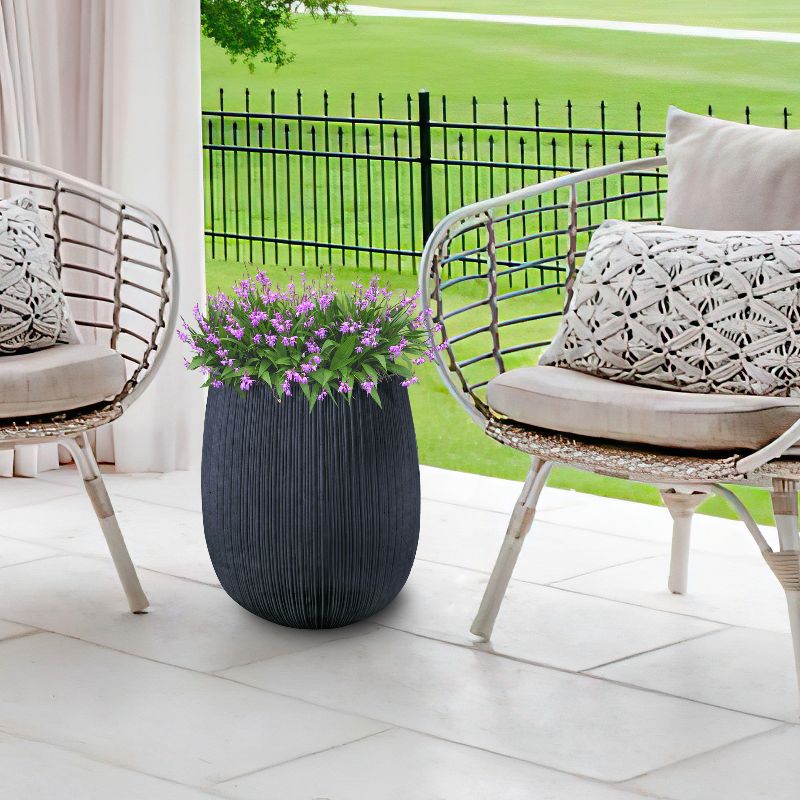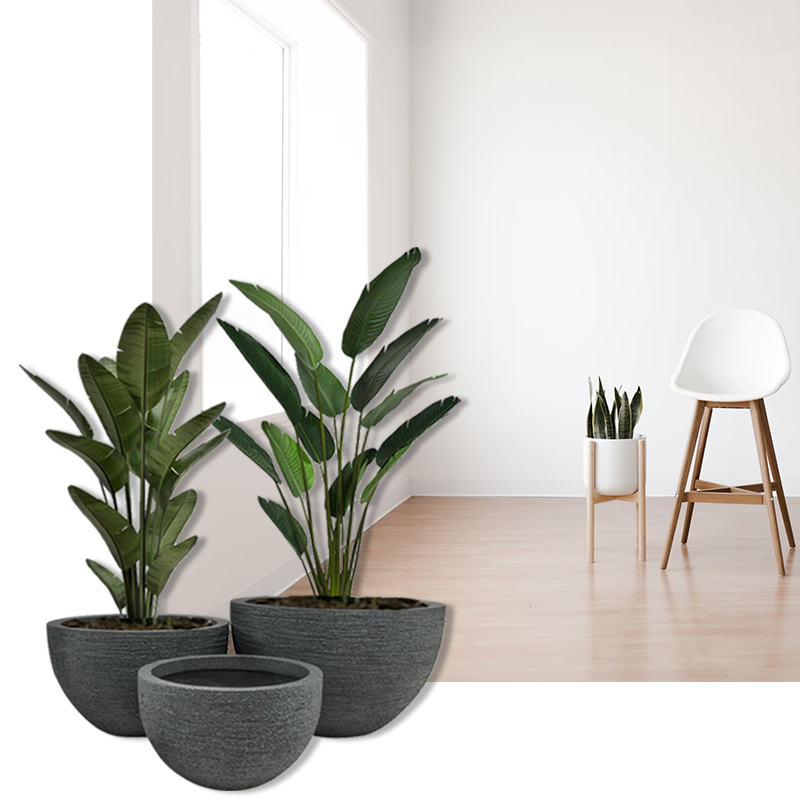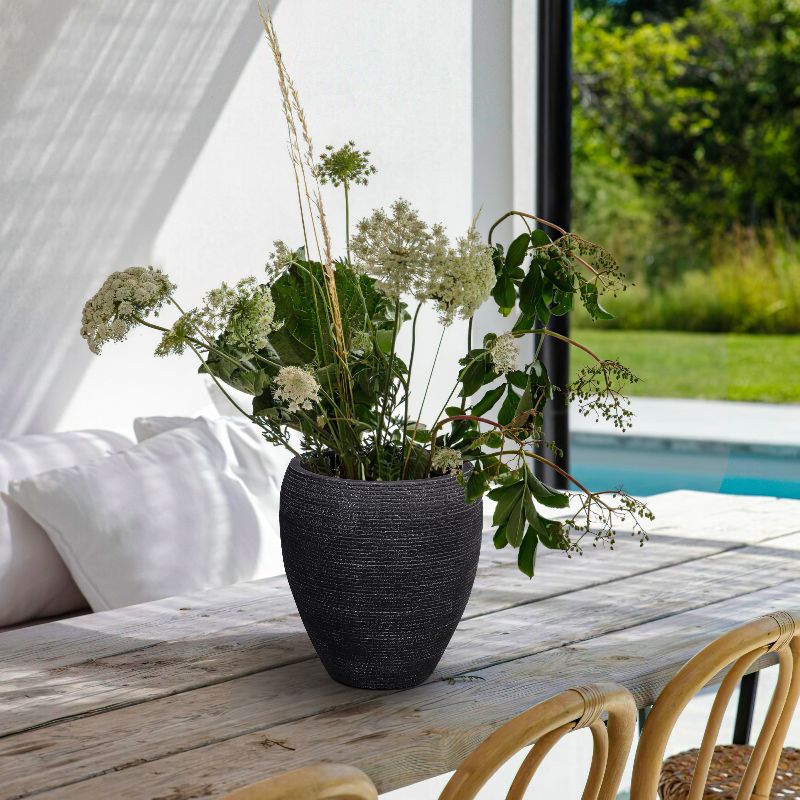How did we takes the issue of "Fiber Clay Pots &Planters" .
Fiber clay planters have gained popularity for their durability, versatility, and aesthetic appeal. However, understanding what goes into making these planters can deepen our appreciation for their qualities.
In this article, we delve into the composition of fiber clay planters, exploring the materials that contribute to their unique characteristics.
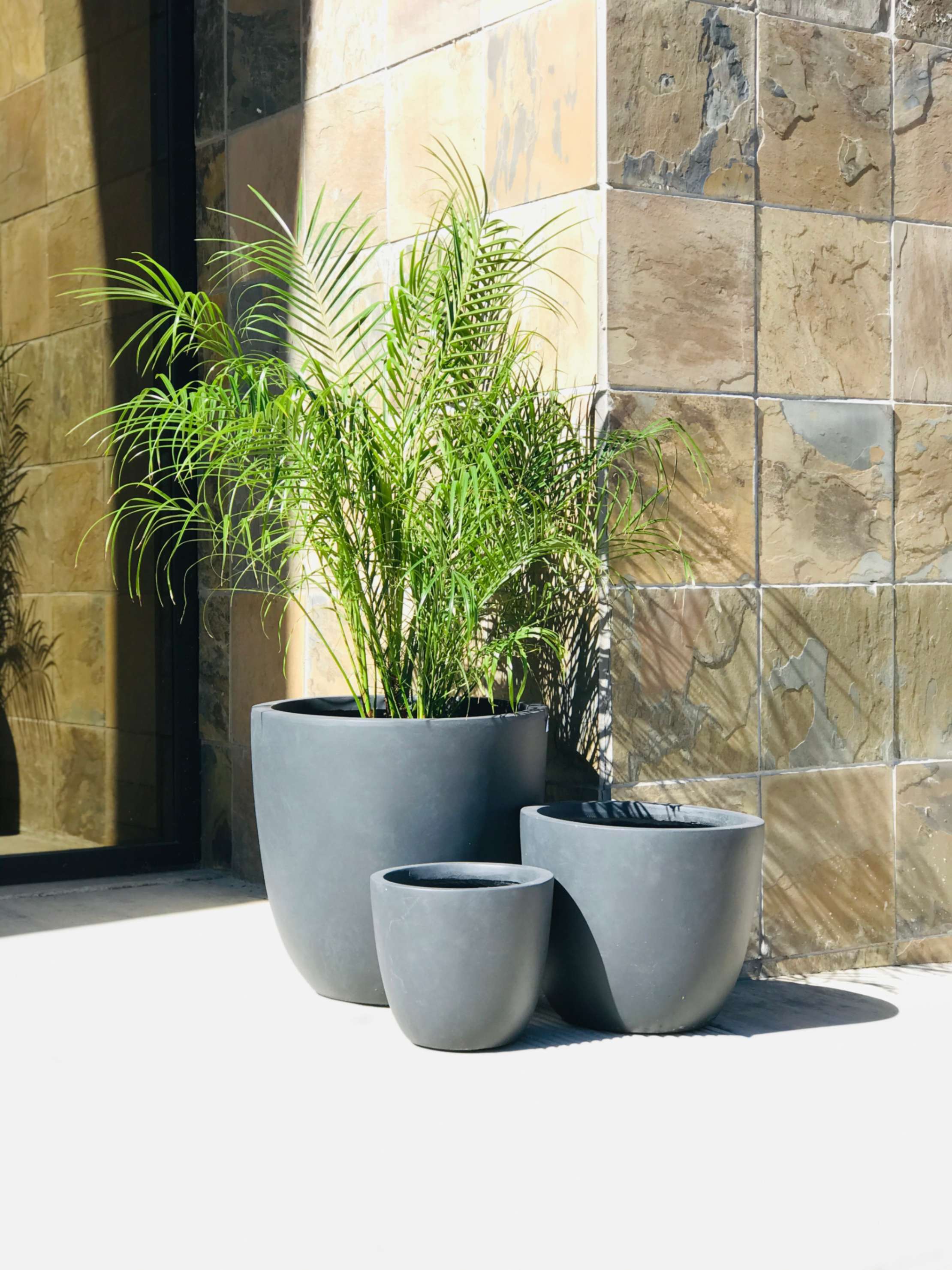
Composition of Fiber Clay Pots&Planters:
- English: Fiber clay planters are crafted from a blend of several key materials, each contributing to the overall strength, durability, and appearance of the finished product. The primary components of fiber clay planters include:
1. Fiberglass: Fiberglass is the backbone of fiberclay planters, providing structural support and reinforcement. This lightweight yet strong material enhances the resilience of the planters, making them resistant to impacts and structural deformation.
2. Clay: Clay forms the basis of fiber clay planters, lending them their natural texture and aesthetic appeal. The clay component helps to achieve the desired shape and finish, allowing for intricate designs and surface details.
3. Cement or Magnesium: Cement or magnesium is often added to the mixture to improve the durability and weather resistance of fiber clay planters. These additives enhance the planters' ability to withstand exposure to moisture, sunlight, and temperature fluctuations, ensuring long-term performance in outdoor environments.
Manufacturing Process:
English: The manufacturing process of fiber clay planters involves several steps to ensure the proper blending and molding of the materials. Firstly, the fiberglass, clay, and additional additives are mixed in precise proportions to achieve the desired consistency and strength. This mixture is then molded into the desired shape using molds or forms, allowing for the creation of various sizes and designs. Once molded, the planters are allowed to cure and dry, a process that further enhances their durability and stability. Finally, the planters may undergo finishing touches such as painting or sealing to enhance their appearance and weather resistance.
Advantages of Fiber Clay Planters:
English: Using fiberglass, clay, and other additives in fiberclay planters imparts several advantages over traditional clay or ceramic planters. Firstly, the combination of materials results in a lightweight yet durable planter that is easy to handle and transport. Additionally, fiber clay planters exhibit enhanced resistance to cracks, chips, and fading, ensuring long-term aesthetic appeal. Furthermore, the versatility of fiber clay allows for a wide range of designs and finishes, making it suitable for various indoor and outdoor settings.
Fiber clay planters are a testament to the innovative use of materials in modern gardening. By combining fiberglass, clay, and other additives, these planters offer a lightweight yet durable alternative to traditional options. Understanding the composition of fiber clay planters sheds light on their unique qualities and advantages, making them an appealing choice for gardeners and decorators alike.
